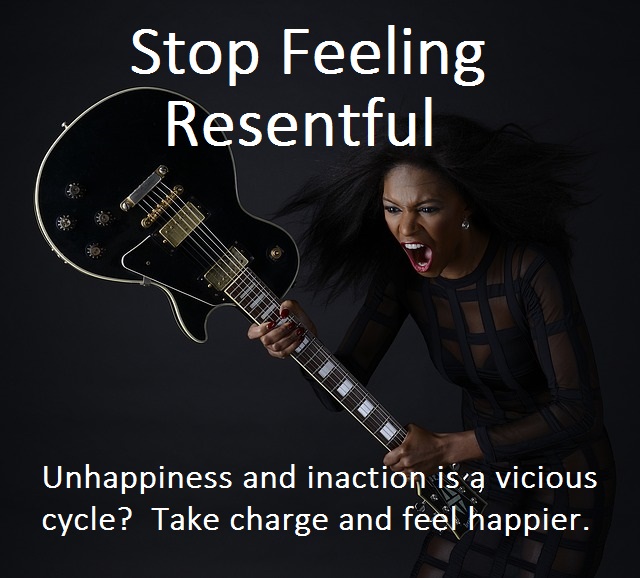The Domestic Violence Cycle Honeymoon Stage
Phases 1 and 2
During the domestic violence cycle honeymoon phase, the couple is learning things about each other or atoning for past incidents of abuse. Both partners are at their best behavior. They are in the process of winning the other over to their side.

The Domestic Violence Cycle Honeymoon Stage
(Making Up and Calm)
In new relationships, the partners may be living together at this point and may not have yet experienced the other's abusive character. Occasional date nights and small trinkets as surprise gifts are ordinary. In some ways, it reverts to the 50s when the woman was at home waiting for her man to come home. She is well groomed, and dinner is ready. Often this is the image that a man or partner may have.
In today’s world, such an image of women or a partner may not be the case and can be an unreasonable expectation, which contributes to the domestic violence cycle. Most homes are two income homes. Dinner may not be ready, and the time together may be limited due to shift-work. While some people can work through this, there are those that sit back and watch the tension grow without help.
The addition of financial stress makes the relationship more difficult to maintain a peaceful level. The woman or partner contributing to the economic status in the partnership can cause feelings of insecurity in a dominating male or partner. The issue here is the controlling partner is losing the right to control. An excessive need to command a partner is a form of emotional abuse that often leads to violence and the cycle of domestic abuse.
The Beginning of Domestic Violence Cycle Tension (Phase 3)
When threats and coercion begin seek help from family and friends or call for help from a trusted organization like the NDVH "The Hotline." Don't wait for a violent incident in phase 4.
All of these points begin to mount up in the domestic violence cycle leading to an end to calm phase and the beginning of the tension phase. The abused starts to feel uncomfortable and may dread the arrival of their partner after a day’s work. The wall between the two begins to grow and strengthen. The comments can take many forms. There can be issues of economic abuse. The abuser does not allow the partner to have any cash. Monetary limitations keep the partner at home and more easily controlled.
Threats and coercion can begin. A partner makes threats of violence or isolation if the other does not comply. Rewards will come only with total obedience. Such treatment can be very intimidating and eventually grows to the tension phase and then ultimately the incident stage with a dangerous explosion.
Often the domestic abuse cycle returns to the honeymoon phase after the explosion phase. All of the promises to never do it again, these should not prevent a victim from seeking domestic violence help. The apologies and the hopes are hollow and have little or no credibility.
Phase 1 - MAKING UP
Phase 2 - CALM
Phase 3 - TENSION BUILDING
Phase 4 - INCIDENT
Return to the Domestic Violence Cycle Index.




